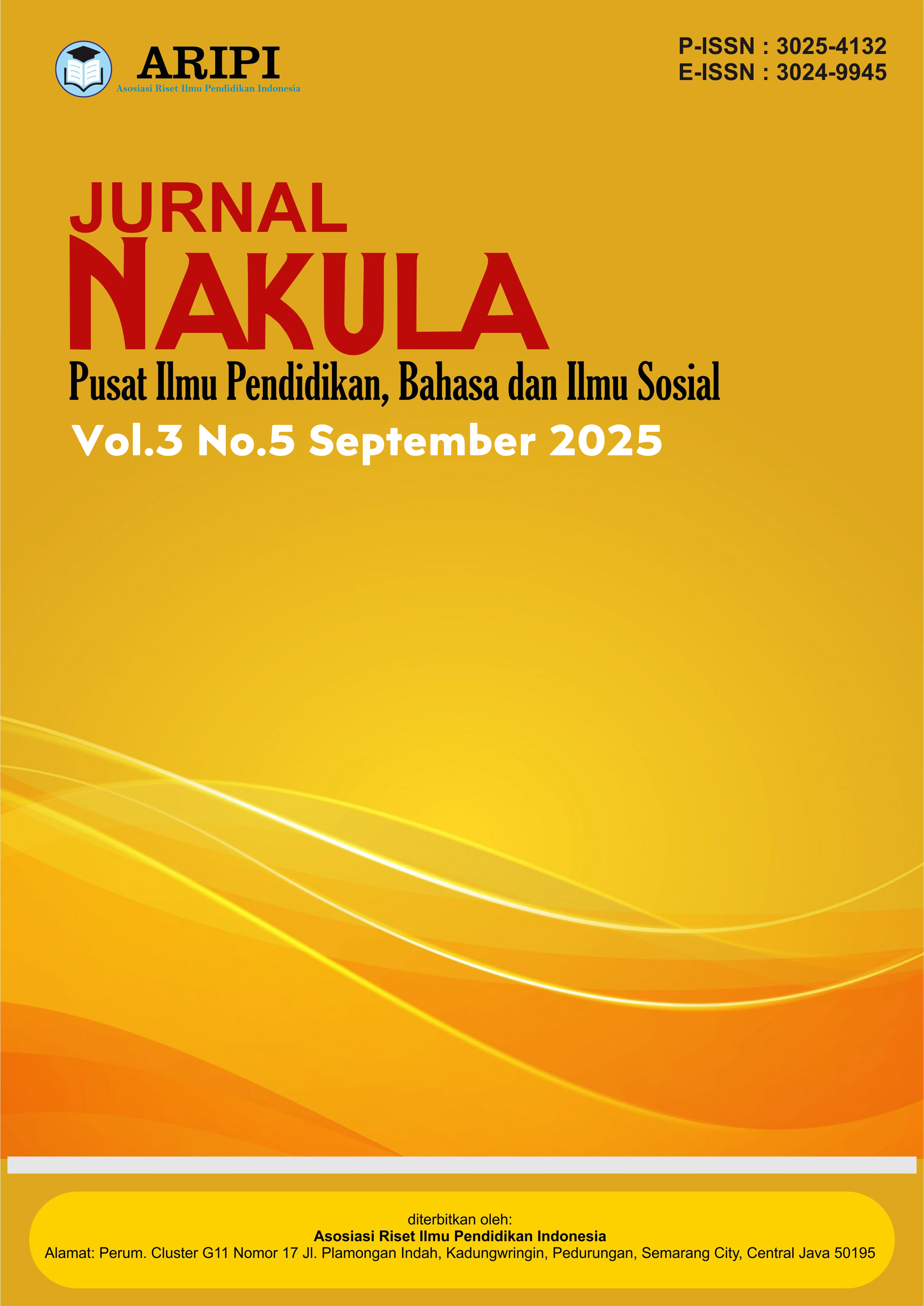Peran Komunikasi dalam Meningkatkan Partisipasi Masyarakat pada Proyek Pembangunan Pedesaan Studi Kasus Desa Lembur Kecamatan Kota Komba Kabupaten Manggarai Timur
DOI:
https://doi.org/10.61132/nakula.v3i5.2163Keywords:
communication, development, local contextAbstract
The purpose of this study was to analyze how effective communication strategies can influence community participation in rural development projects and to identify factors that influence communication success in the local context. The research method used is a qualitative method with a case study approach. Data were collected through in-depth interviews, observations, and document analysis related to development projects. Respondents in this study included community members, local stakeholders, and parties involved in project implementation. The results showed that transparent, participatory, and sustainable communication had a significant impact on the level of community participation. Factors such as the active involvement of community leaders, the use of local media, and the existence of discussion forums also influenced the effectiveness of communication. In addition, this study found that two-way communication and involving the community in the planning and decision-making process increased the sense of ownership and support for development projects. The conclusion of this study is that a good communication strategy can significantly increase community participation in rural development projects. Recommendations for the implementation of communication strategies include increasing community involvement from the planning stage, utilizing local communication media, and developing effective feedback mechanisms. This study contributes to the understanding of the role of communication in rural development and can be a reference for planning similar projects in the future.
Downloads
References
Arnstein, Sherry R. (1969). A Ladder of Citizen Participation. Journal of the American Planning Association, 35(4), 216-224.
Chambers, Robert. (1983). Rural Development: Puttingthe Last First. Longman Scientific & Technical.
Dahlberg, L. (2001). "The Internet and Democratic Discourse: Exploring the
Prospects of Online Deliberative Forums Extending the Public Sphere." Information, Communication & Society.
Davis, F. D. (1989). "Perceived Usefulness, Perceived Ease of Use, and User Acceptance of Information Technology." MIS Quarterly.
Fishbein, M., & Ajzen, I. (1975). "Belief, Attitude, Intention and Behavior: An
Introduction to Theory and Research." Addison-Wesley.
Habermas, J. (1984). The theory of communicative action (Vol. 1). Beacon
Press.
Habermas, J. (1987). The theory of communicative action (Vol. 2). Beacon
Press.
Lerner, D. (1958). "The Passing of Traditional Society: Modernizing the Middle East." Free Press.
Rogers, E. M. (2003). "Diffusion of Innovations." New York: Free Press.
Schramm, W. (1964). "Mass Media and National Development: The Role of
Information in the Developing Countries." Stanford University Press.
Schramm, W. (1997). Mass media and national development: The role of Information in the developing countries. Stanford University Press.
Servaes, J. (1999). "Communication for Development and Social Change."
SAGE Publications.
Thussu, D. K. (2018). "International Communication: Continuity and Change." Bloomsbury Academic.
Turkle, S. (2011). "Alone Together: Why We Expect More from Technology
and Less from Each Other." Basic Books.
Venkatesh, V., & Davis, F. D. (2000). "A Theoretical Extension of the Technology Acceptance Model: Four Longitudinal Field Studies."Management Science.
Weick, K. E. (1979). "The Social Psychology of Organizing." McGraw-Hill Education.
Wilcox, David. (1994). The Guideto Effective Participation. Macmillan Education UK.
Kotler, P., & Lee, N. R. (2009). Up and Out of Poverty: The Social Marketing Solution. New Jersey: Pearson Education, Inc.
Downloads
Published
How to Cite
Issue
Section
License
Copyright (c) 2025 Jurnal Nakula : Pusat Ilmu Pendidikan, Bahasa dan Ilmu Sosial

This work is licensed under a Creative Commons Attribution-ShareAlike 4.0 International License.






